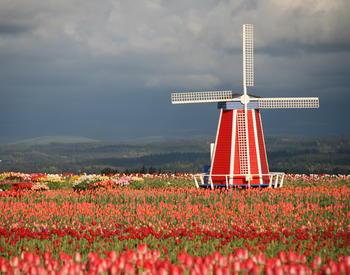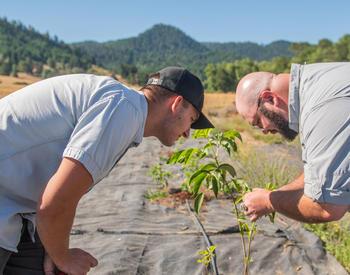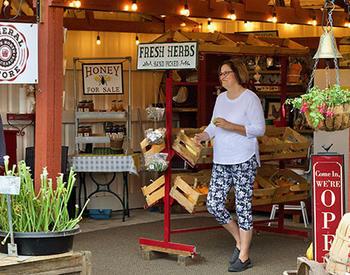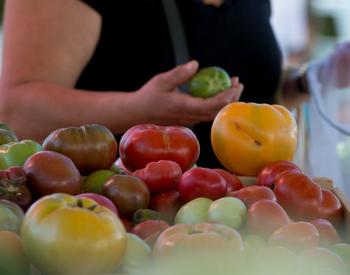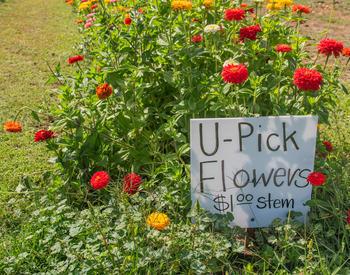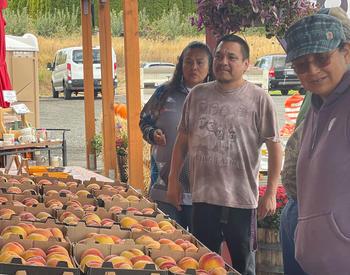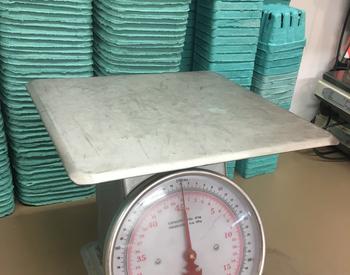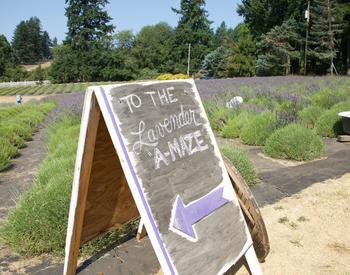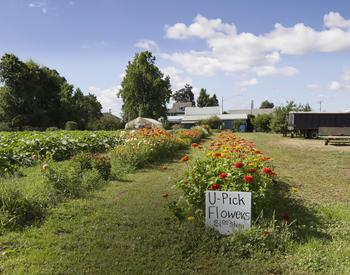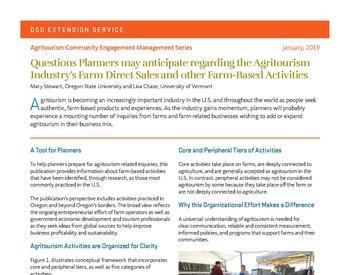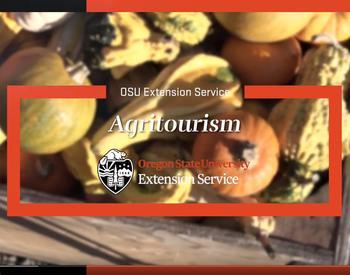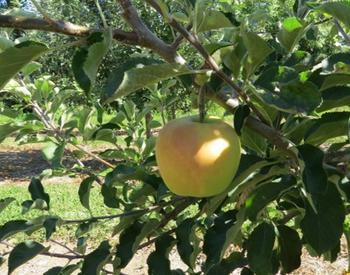Across the United States, agriculture, tourism and community development professionals recognize the national growth in the agritourism1 industry. They see its potential as a driver of their own community’s wealth, but they aren’t sure how to initiate growth in the industry segment.
Take the pulse of the agritourism assets
Once a community needs assessment shows there is solid local interest in growing the agritourism industry within a rural community, then a next step is to complete an inventory of the agritourism operations in the area so developers are better aware of the scope, product line and visitor readiness. This inventory process will provide a qualitative measure of the scope of the industry segment and suggest the potential for, or lack of potential for, agritourism success.
What is an agritourism inventory?
An inventory systematically identifies and lists farms and value-added enterprises2 that currently conduct — or are in the process of diversifying to conduct — farm-to-consumer direct sales and other agritourism activities. A completed inventory produces a complete and accurate contact list that ensures clear, efficient and inclusive communications with operations. It also provides a snapshot of the current and emerging agritourism industry size and scope.
Who conducts the inventory?
The inventory project should be led by a person familiar with farm-direct sales and other agritourism in the geographic area. This may be a university faculty member, or a tourism or economic development professional, for example. The collection of data may be conducted by one or more students, staff members or trained volunteers. The leader and data researchers will work together to identify, record and analyze the agritourism operations.
Steps in conducting the inventory
1. Create a reporting tool
A spreadsheet format is a recommended tool to guide researchers on the type of information to gather. Include columns organized in four sections: contact information; farm/operation description; agritourism activities; and notes.
- In the contact information section, create columns for the name of the agritourism operation, contact name, street address, mailing address (if different,) phone, email, website and Facebook.
- In the farm/operation description section, create columns for acreage, land use zone or district, type of farm, and types of products (raised or processed). Examples of farm types include broad categories encompassing similar commodities: nursery stock, livestock, produce, vineyard/winery, etc.
- In the agritourism activities section, create columns for the five categories of agritourism activities3 : direct sales (farm stand, U-pick, bakery, farm store, specialty nursery, vineyard/winery, off-farm farmers market or CSA); education (tours, samplings/tastings, classes, farm animal displays); hospitality (farm stay or vacation rental, event venue, farm-to-table dinners and food service); outdoor recreation and entertainment (festivals, weddings, family and corporate gatherings).
- Notes – Points that do not fit in the other columns.
2. Locate the agritourism operations
Start with an internet search to see what information is available online.
Next, conduct interviews with people who might know of operations not found online:
- Agriculture community organizational leaders, such as the Farm Bureau president, nonprofits.
- University agriculture, forestry, natural resources and applied-economics faculty.
- Tourism professionals, such as direct marketing organizations, city and county tourism officials.
- Economic development professionals for the city, county.
- State Department of Agriculture, local offices of USDA Natural Resources Conservation Service and Rural Development.
3. Add detailed information about each operation
Conduct interviews with the agritourism operators to complete the detail about each operation: contact information, type of farm, product line, acreage, land use zone/district, names of products sold, and types of activities offered. Record other observations about the level of visitor readiness in the study’s notes column. Gather photograph(s) of the operation when possible. Obtain permission to take and publish photos, including those sourced online.
Fact-check your data
Ask the operations to review and approve or revise the information you have gathered. Make sure to explain the value of their participation. Design an easy-to-read, one-page fact sheet about each agritourism operation. Include the information gathered about each farm including a photo. If a fact sheet is sent by mail, include a self-addressed envelope to make it easier to return.
Funding provided by the Agriculture Marketing Resource Center (AgMRC) at Iowa State University. AgMRC is a national website dedicated to providing information to producers and service providers on value-added agriculture businesses.
- 1Agritourism is an operation that connects consumers and tourists with agricultural producers, products and places, usually on farms and ranches. It’s a way for agriculturalists to diversify their business, attract more customers and remain sustainable. The five major categories of agritourism are: Farm-direct sales – Farm stands, U-pick, farmers markets. Education – Historical or informational tours, how-to classes, tastings (wine, cider, cheese, fruit...). Hospitality – Overnight farm stays, farm-to-table dinners. Outdoor recreation – Fishing, wildlife viewing, horseback riding, hiking, hunting. Entertainment – Event venues, live music, heritage activities like corn mazes, hayrides and animal displays.
- 2Value-added enterprises include but are not limited to: agriculture processing facilities – food, fiber and plant packing and mills, wineries, cideries and botanical gardens.
- 3The Conceptual Framework of Agritourism Activities in the US. Chase, L., Stewart, M., Schilling, B., Smith, B., & Walk, M. (2018). Agritourism: Toward a Conceptual Framework for Industry Analysis. Journal of Agriculture, Food Systems, and Community Development, 8(1), 13-19.
